
Do you want to learn moving your equine's feet?
Training to direct your horse to motion in different routes is also a chance to gain the equine's reverence. In the world of equines, there are leaders and followers, and as an equine trainer, you are in the equine's domain and you need to adjust. As a horseman, you certainly want the position of the leader and your horse as the follower. Achieve this thru groundwork and by moving your horse's feet.
In a herd, the alpha horse has the capability and ascendancy to make the other equine's move in any direction. When a horse is with you, the animal operates in the same principle and it only responds accordingly in your ability to establish yourself as the leader. Command respect at all times, especially while on groundwork. Let it be clear, if the horse does not respect you on the ground, it will not respect you on the saddle.
Bear this in mind, "Whoever moves first is the loser!"
This appears like a simple concept, but it is a natural fact, your horse notices each time you keep your feet still and make his move. If it senses that you are moving your feet as a response to its own movements, it will entitle the horse for the more dominant role. This is the rationale why you must get connected to your horse's feet as the leader on groundwork. For any purpose why you are training your horse-whether it is for jumping, competition, or for pleasure riding-a good partnership must be established during groundwork.
How to make your horse move and warm-up with you
?Have a spacious training area. A round pen is great place to do it. Also be sure that the surface is flat and void of any unnecessary obstacles and distractions. Safety for both you and your horse should be prioritized.
?Start the training with a positive attitude and make sure that your horse is up to the task.
?Understand the right of communicating with your horse. At this point, body positioning, signals, and motion are the most vital variables. Learn where you want to place yourself in relation to the equine. Recognize where to place pressure to get the horse moving to direction you desire. Using tools like a stick or a whip may be an excellent idea. Such aids are only used for extending your energy and not for hitting the horse.
?It is all about positive reinforcement. Learn the best rewards to give to the horse.
?Voice commands can be helpful as well but focus on your body language.
?Learn how to "hook-up". You can effectively make the horse to stop moving with this technique.
?Always be sensitive with the horse's feelings. Don't push too hard when the equine is already showing signs of boredom, anxiety, and exhaustion. Always be sensitive with the equine's feelings. Don't push too hard when the equine is already showing signs of boredom, anxiety, and exhaustion.
?Learn how to "hook-up". You can effectively make the equine to stop moving with this technique.
By principle, the horse perceives groundwork as playtime with you. Conversely, as a serious horseman, moving your equine's feet is all work for you. Don't worry; it pays dividends in the end.
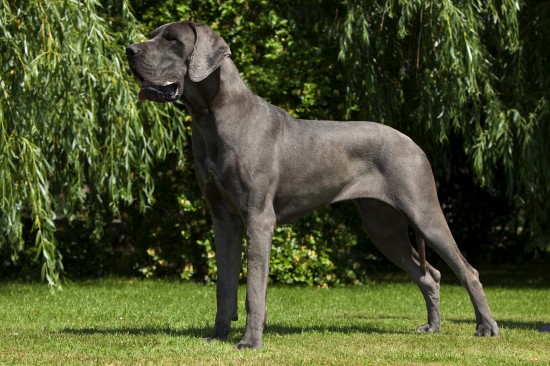 Health Issues That Large And Giant Breed Dog Owners Should Be Aware Of
Health Issues That Large And Giant Breed Dog Owners Should Be Aware Of
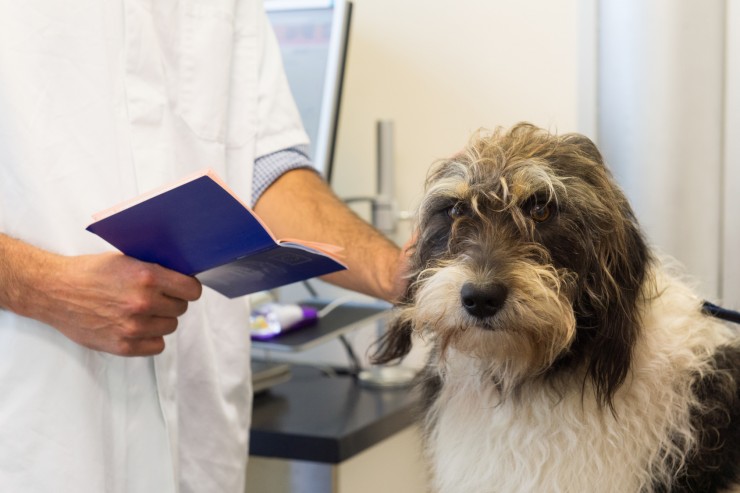 What Is A Dog Health Certificate For?
What Is A Dog Health Certificate For?
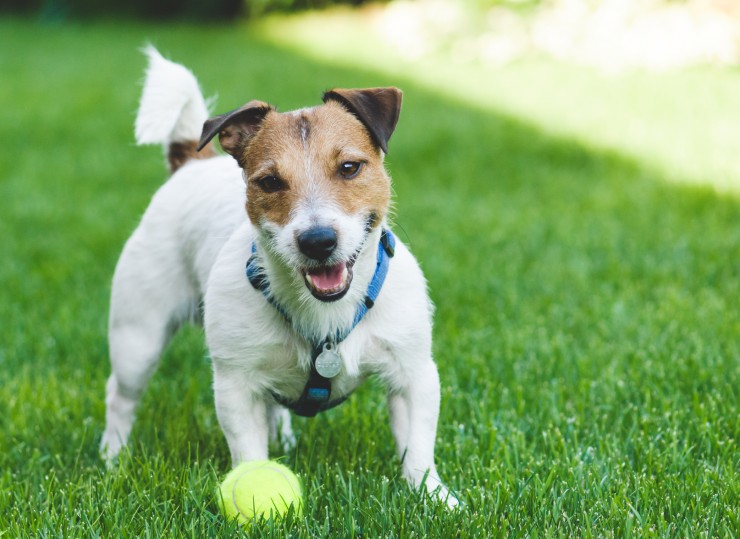 A Veterinary Nurse Shares Five False Economies When It Comes To Dog Ownership
A Veterinary Nurse Shares Five False Economies When It Comes To Dog Ownership
 Build the Chicken Houses Like It Is Your Very Own
Build the Chicken Houses Like It Is Your Very Own
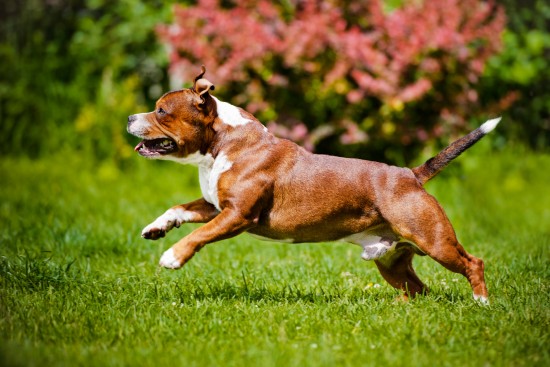 Controlling A Dogs Reactivity To Other Dogs
Controlling A Dogs Reactivity To Other Dogs
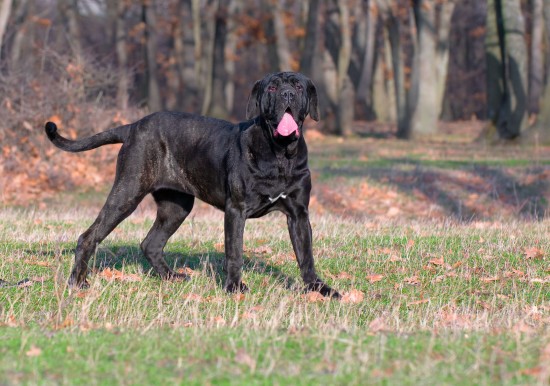 Neapolitan Mastiff Dog Pros And Cons
Neapolitan Mastiff Dog Pros And Cons
 Weather Changes Are Effecting Pets
Weather Changes Are Effecting Pets
Although ke
Weather Changes Are Effecting Pets
Weather Changes Are Effecting Pets
Although ke
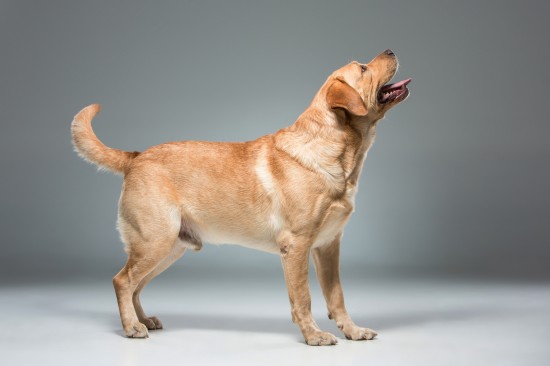 Five Dog Breeds That Are Prone To Obesity
Five Dog Breeds T
Five Dog Breeds That Are Prone To Obesity
Five Dog Breeds T
 Teething Problems In Kittens And How To Cope With Them
Teething Problems
Teething Problems In Kittens And How To Cope With Them
Teething Problems
 Canine Asthma - Six Common Triggers
Canine Asthma - S
Canine Asthma - Six Common Triggers
Canine Asthma - S
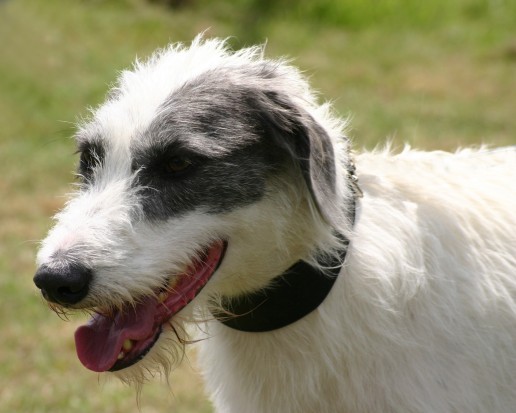 Lurcher Health And Hereditary Wellness
Lurcher Health An
Lurcher Health And Hereditary Wellness
Lurcher Health An
Copyright © 2005-2016 Pet Information All Rights Reserved
Contact us: www162date@outlook.com